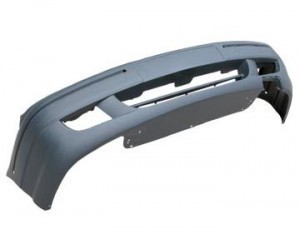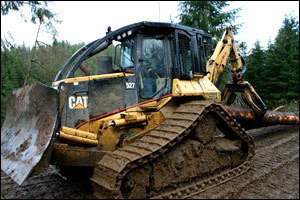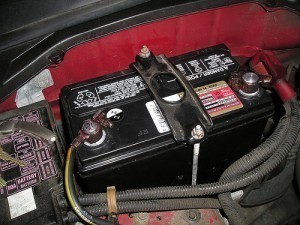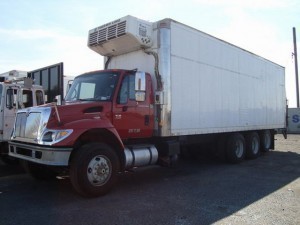Car Bumper Dimensions
The bumper is one of the most important parts of a car, which can be  found at the rear-most and front-most parts. It helps the vehicle sustain tremendous impact while preventing the safety systems from being damaged. However, it can reduce the injury of passengers especially during high-speed impacts. It can somehow lessen the injury that pedestrians can suffer after being hit by a car. In addition to these facts, it is also interesting to find out the car bumper dimensions.
found at the rear-most and front-most parts. It helps the vehicle sustain tremendous impact while preventing the safety systems from being damaged. However, it can reduce the injury of passengers especially during high-speed impacts. It can somehow lessen the injury that pedestrians can suffer after being hit by a car. In addition to these facts, it is also interesting to find out the car bumper dimensions.
Dimensions of a Car Bumper
In terms of height, the bumper of a passenger car must not go beyond the range of 41 to 51 centimeters or 16 to 20 inches. This standard rule applies to all cars although the actual sizes of their bumpers vary. The use of bumpers in a car is a legal requirement in most jurisdictions. It is important to abide by this rule so as not to cause bad outcomes in case accidents happen.
Additional Facts and Other Interesting Details
The United States National Highway Traffic Safety Administration (NHTSA) issued the very first regulation applicable to the use of car bumpers in the country in 1971. It was called Exterior Protection, which was part of the Federal Motor Vehicle Safety Standard No. 215.
The United States Congress signed the Motor Vehicle Information and Cost Saving Act (MVICS) in October 1972. Under this rule, the NHTSA was required to release a standard for bumpers that would reduce the cost of consumers. Amongst the factors that were considered include the savings in consumer time, implementation of benefits and costs as well as the effect of the standard on legal fees and costs.
In March 1976, the requirements of the Federal Motor Vehicle Safety Standard No. 215 were merged with the important requirements of MVICS. The new and improved standard was included in the United States Code of Federal Regulations. In May 1982, the NHTSA implemented the amendments to the bumper standard.
The bumper standards in Canada and the United States were implemented at the same time. Their regulations were very much similar. The automobile industry in North America called for stronger Canadian-specification bumpers. The regulations of Canada were changed in the early parts of 2009 in accordance with the international ECE regulations as well as the federal standards of the United States.
In order to comply with the standards for bumpers in the 1970s and the early parts of the 1980s, car bumpers were made heavy, massive and bulky. By the closing parts of the 1980s, a painted thermoplastic fascia was used to conceal bumpers.





